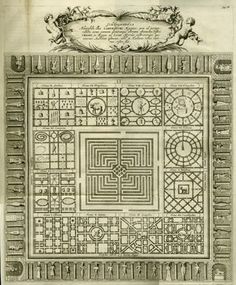Thermal scans reveal “anomalies” in Egypt’s pyramids of Giza
It’s an exciting time for those of us that are obsessed with the Giza Plateau!
We were just finished reading a piece from Disclose.TV about the “lost labyrinth of Egypt” — a “mysterious underground complex of caverns and chambers” that is “believed to hold the secrets to mankind’s origin” (read more on that here), when up popped a piece from IFLS on new data suggesting there may be hidden spaces within the great pyramid itself. (We here at the Museum cannot help but ask ourselves, could there be a connection between the anomalies and the lost labyrinth?)

What’s your theory on the newly discovered anomalies?
From IFLS,
Scientists Have Found Something Very Mysterious In The Great Pyramid Of Giza
by Tom Hale
“The pyramids of Giza have left us gazing in astonishment and curiosity for four thousand years. Even after hundreds of years of archeological and scientific exploration, they’re continuing to surprise us. A recent project has found striking “thermal anomalies” in the eastern side of the Great Pyramid of Giza.
The discovery was part of the Operation Scan Pyramid, a recent project that has already used “cosmic rays” and drones to analyze the pyramids by a group of scientists from Egypt, France, Canada and Japan, under authority from the Egyptian Antiquities Ministry.
With the ongoing plan to discover new tombs and hidden burial chambers, the project used thermal imaging technology on the pyramid, which found mysterious heat spots on the monuments. At the lower level of the Cheops, or Great Pyramid, they found an area of neighboring blocks that had a temperature gap far greater than would normally be expected for adjacent stones made with different qualities of limestone.
Since air gaps don’t hold heat as well as rock or sand, a difference in temperature could reveal information about the pyramid’s structure hidden beneath the surface. However, the team still aren’t certain what exactly it is. It could be a tomb, a cavity, a passage or even just a crack in the rock.
In a statement, the Egyptian antiquities ministry said the scientists had “concluded the existence of several thermal anomalies that were observed on all monuments during the heating-up or the cooling-down phases,” referring to surveys taken during sunrise, when the structures warm up from the Sun, and sunset, when they lose heat.
“To explain such anomalies, a lot of hypotheses and possibilities could be drawn up; presence of voids behind the surface, internal air currents,” it added…”
For the rest, click here.
Share
